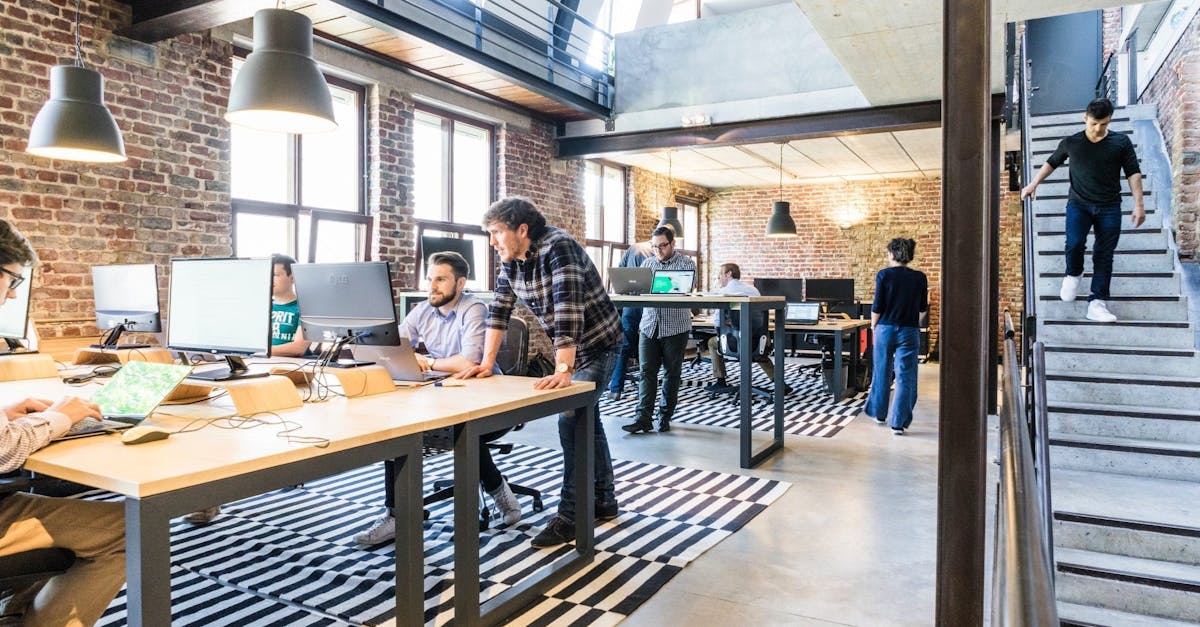How To Create an Adaptive Workplace

Building an adaptive culture in your workplace is essential to the strength and extent of corporate success. Culture sets the stage for your employees’ performance and interactions.
Raynforest CEO, Mark Fidelman, suggested that “the best workplaces find a way to integrate their organisation’s culture and mission.” Making your workplace adaptive is the first step to driving your enterprise to success.
We outline three ways to create a dynamic and adaptive learning workplace for optimal performance
1. Implementation of modern learning tools and processes
Staying up to date with modern learning strategy is essential for the ongoing training and education of employees in our digital age. Technological advancements have given rise to a multitude of technology-based processes, such as mobile learning. This has enabled learners to work at their own pace, significantly increasing their engagement and training time. Accomodating employees’ needs and preferences is instantly attractive to them, meaning positive connotations are associated with training modules. This contributes to an adaptive workforce as learning is made flexible to seamlessly fit into employees’ schedules.
2. Set clear goals and objectives for employees to achieve
When goals are revealed to employees, motivation is instilled into their daily actions within their respective roles. When corporate objectives are reached, an instant sense of achievement is felt by employees, contributing to their feeling of value and usefulness. When employees feel valued and are of significance in the enterprise, performance is boosted, making for a greater and stronger workplace.
3. Effective Adaptive Workplace Design
It may seem insignificant, but how your office is physically designed has a major influence on the performance of your employees. We suggest three architectural tips for your ideal and adaptive workplace.
1. A flexible workspace.
Flexibility of space is becoming more prevalent in workspaces and there’s no question why. Employees work best in specific areas which is why it is crucial to accomodate collaborative and focused work. To benefit the entire business, it is important to enable employees to situate themselves in the workspace where they will be of most value to the company.
2. Natural light.
Choosing function over form is essential to a dynamic and effectively designed workspace. Purdue University’s study on office design concluded that legitimate automated shading is capable of increasing productivity by 25% in the workplace. Yep, just by monitoring light.
3. Create a break room or area.
Think Silicon Valley. Company giants have restructured the old, tired break rooms into community spaces. Infusing a casual and creative feeling into the workplace immediately appeals to employees, boosting productivity. Having snacks and an espresso machine on call is also beneficial to your workforce to keep energy levels high and feel valued.
Sources
Vistage Research Center
Forbes
Curated course examples
Author
Guest Author Daniel Brown
Daniel Brown is a senior technical editor and writer that has worked in the education and technology sectors for two decades. Their background experience includes curriculum development and course book creation.
